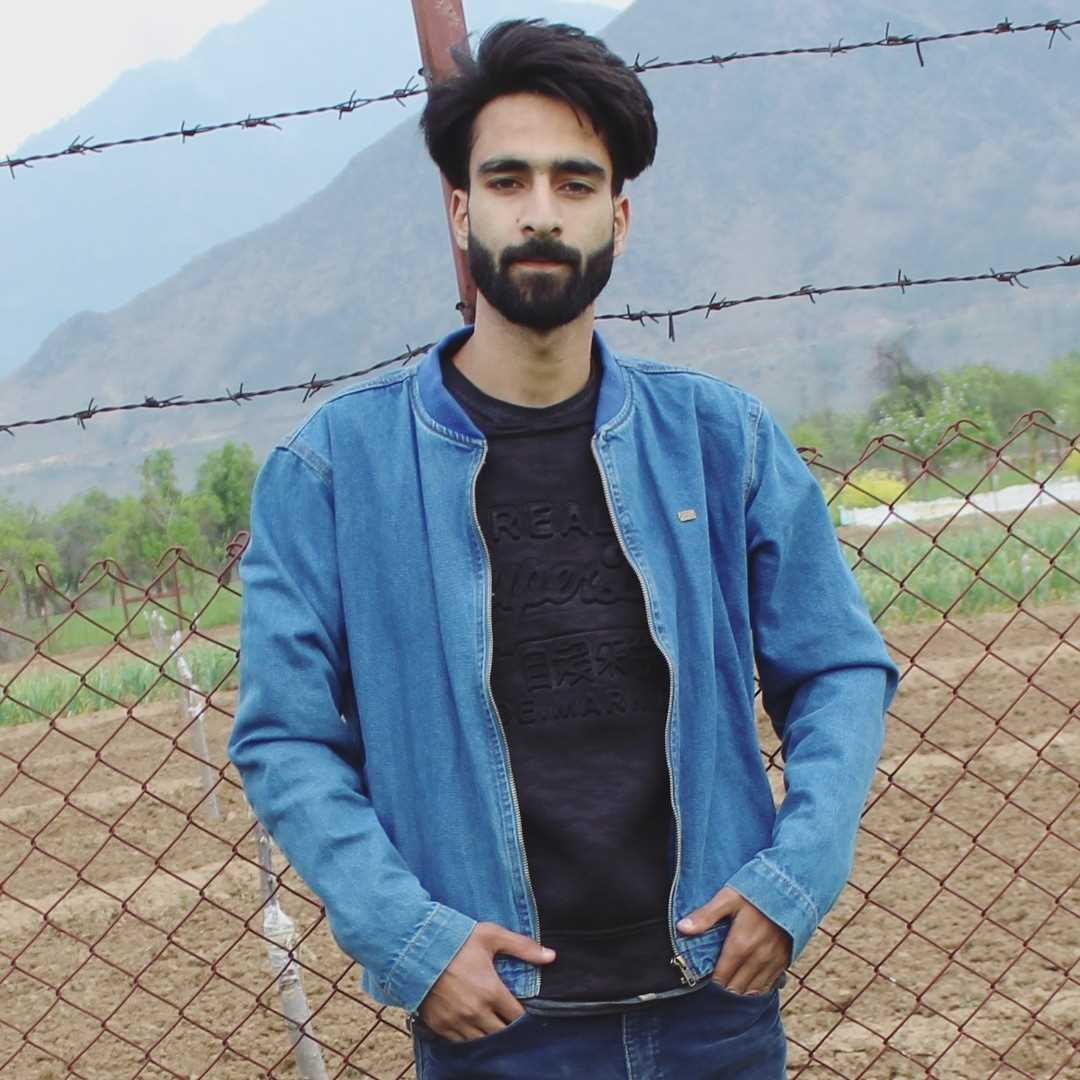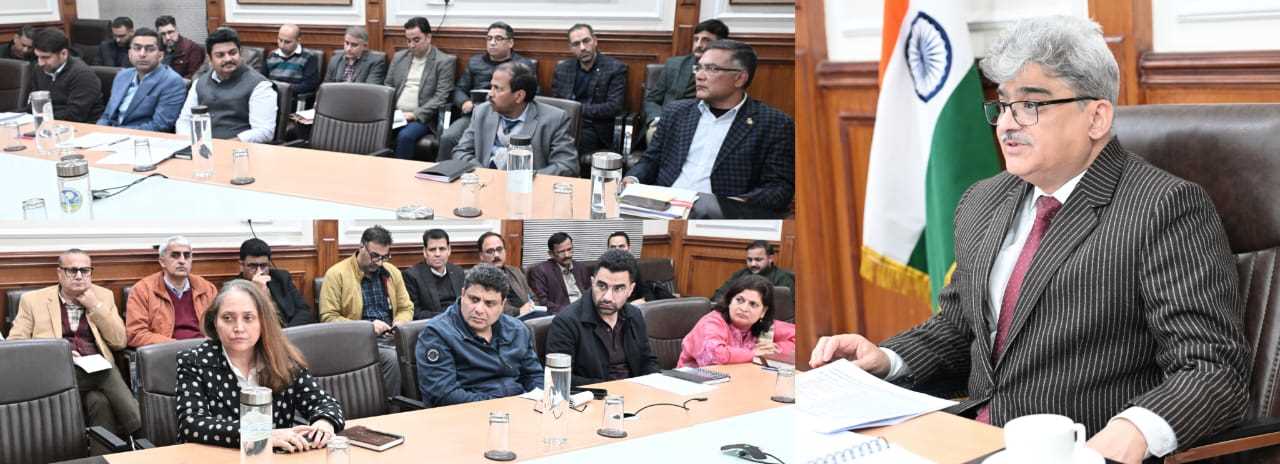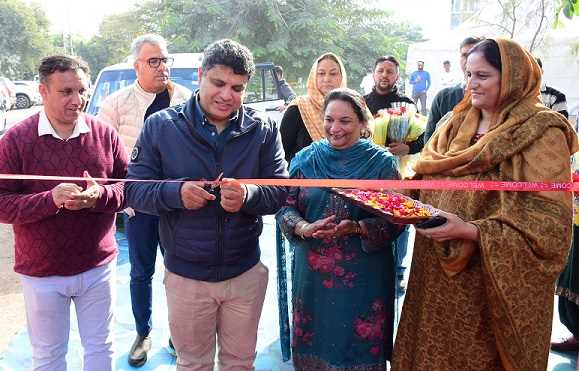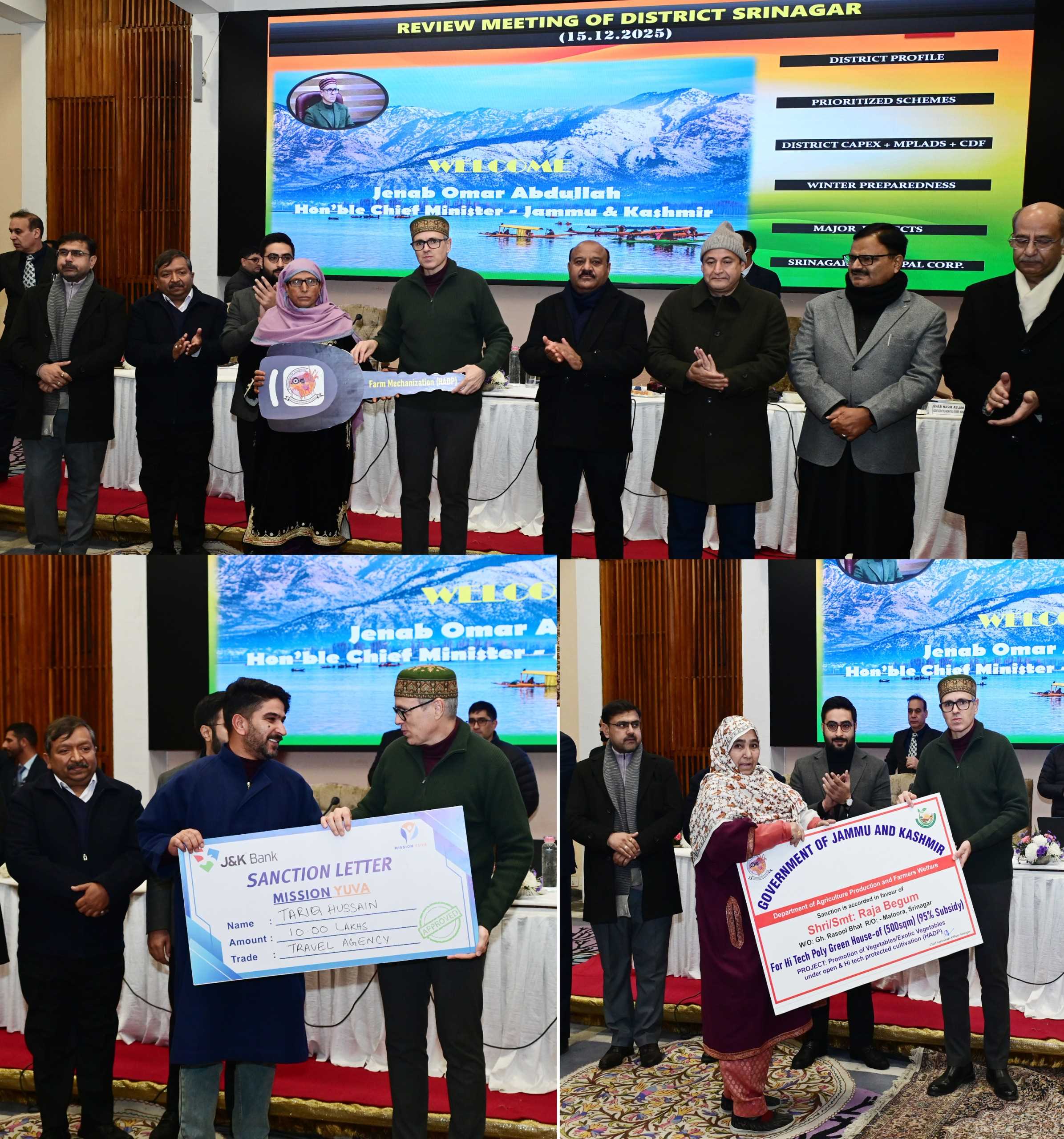
In addition of its comeliness and intense decorum, Kashmir is eminent for its unique culture as well. Kashmiri shawls are known for their aesthetic countenance. Some scholars believe that the craft was brought in from Iran by Syed Ali Hamadani and Sultan Zain-ul-Abidin in the 14th century but the art reached at its zenith in the 19th century. The shawl weaving is a quite subtle art which requires complete presence of conscience. The two prominent types of shawls include Pashmina and Shahtosh. Pashmina shawls were considered as bonze and economical in which high quality fiber was being adopted and thereby needed proficient and deft weavers for weaving. Weavers in local language were called "WOVUR" and the process of weaving was referred as "WOVUN". Tourists while returning from the valley preferably take this craft with themselves as an example of art. Kashmiri women were in abundance involved in this craft. They would intentionally gather in a single closet and continue their work with utmost zeal and zest. My mother being deft and efficient artisan used to weave almost every type of shawl. It used to take her atleast 2 months to complete a single pashmina shawl with proper dedication and utter concern. Shawl weaving is a process which requires patience, hard work, dedication and perseverance thereby making the weavers more competent and skillful. Dealer of the shawls used to purchase them and had to find the weavers to get them done. This benefitted both the weaver and the dealer. Women had learnt to become independent by earning their livelihood. In addition of sustaining this beautiful culture, they used to aid their family by providing financial assistance as well. The art has been totally disappeared from almost a couple of years ago. As of now, hardly the weavers are found who weave the shawls with same enthusiasm and continue to nurture this unique craft. This is because of the technological revolution and comfort which people prefer to get their tasks done at ease.
Moreover government had never paid any heed towards these hapless artisans to praise their work and cherish them so that they would have motivated others and imbibed their art in them. Kashmir is famous for the shawls as well. So it is our liability to keep our culture live by showing much concern towards it. Kashmiri shawls are not famous only in India rather they somehow represent our valley internationally. Keeping the culture rich in the vale helps indirectly in increasing the capital by attracting the tourists all over the world. The design introduced over the loom magnetizes the attention of people around the globe. But being less fortunate the shawl industry is deteriorating year by year and none even the administration is showing any concern towards the same.
Email:--sajidrasool312@gmail.com



In addition of its comeliness and intense decorum, Kashmir is eminent for its unique culture as well. Kashmiri shawls are known for their aesthetic countenance. Some scholars believe that the craft was brought in from Iran by Syed Ali Hamadani and Sultan Zain-ul-Abidin in the 14th century but the art reached at its zenith in the 19th century. The shawl weaving is a quite subtle art which requires complete presence of conscience. The two prominent types of shawls include Pashmina and Shahtosh. Pashmina shawls were considered as bonze and economical in which high quality fiber was being adopted and thereby needed proficient and deft weavers for weaving. Weavers in local language were called "WOVUR" and the process of weaving was referred as "WOVUN". Tourists while returning from the valley preferably take this craft with themselves as an example of art. Kashmiri women were in abundance involved in this craft. They would intentionally gather in a single closet and continue their work with utmost zeal and zest. My mother being deft and efficient artisan used to weave almost every type of shawl. It used to take her atleast 2 months to complete a single pashmina shawl with proper dedication and utter concern. Shawl weaving is a process which requires patience, hard work, dedication and perseverance thereby making the weavers more competent and skillful. Dealer of the shawls used to purchase them and had to find the weavers to get them done. This benefitted both the weaver and the dealer. Women had learnt to become independent by earning their livelihood. In addition of sustaining this beautiful culture, they used to aid their family by providing financial assistance as well. The art has been totally disappeared from almost a couple of years ago. As of now, hardly the weavers are found who weave the shawls with same enthusiasm and continue to nurture this unique craft. This is because of the technological revolution and comfort which people prefer to get their tasks done at ease.
Moreover government had never paid any heed towards these hapless artisans to praise their work and cherish them so that they would have motivated others and imbibed their art in them. Kashmir is famous for the shawls as well. So it is our liability to keep our culture live by showing much concern towards it. Kashmiri shawls are not famous only in India rather they somehow represent our valley internationally. Keeping the culture rich in the vale helps indirectly in increasing the capital by attracting the tourists all over the world. The design introduced over the loom magnetizes the attention of people around the globe. But being less fortunate the shawl industry is deteriorating year by year and none even the administration is showing any concern towards the same.
Email:--sajidrasool312@gmail.com
© Copyright 2023 brighterkashmir.com All Rights Reserved. Quantum Technologies